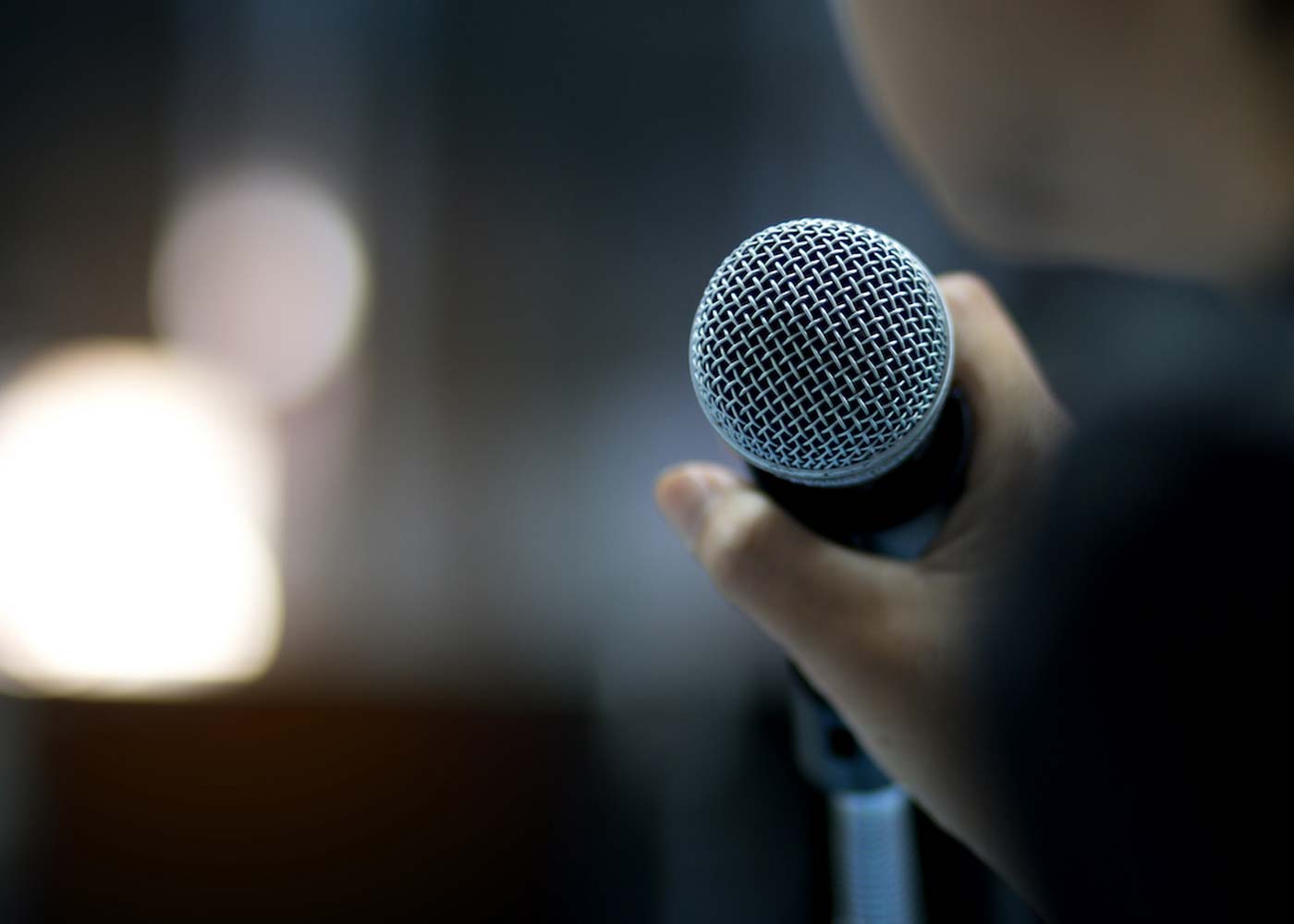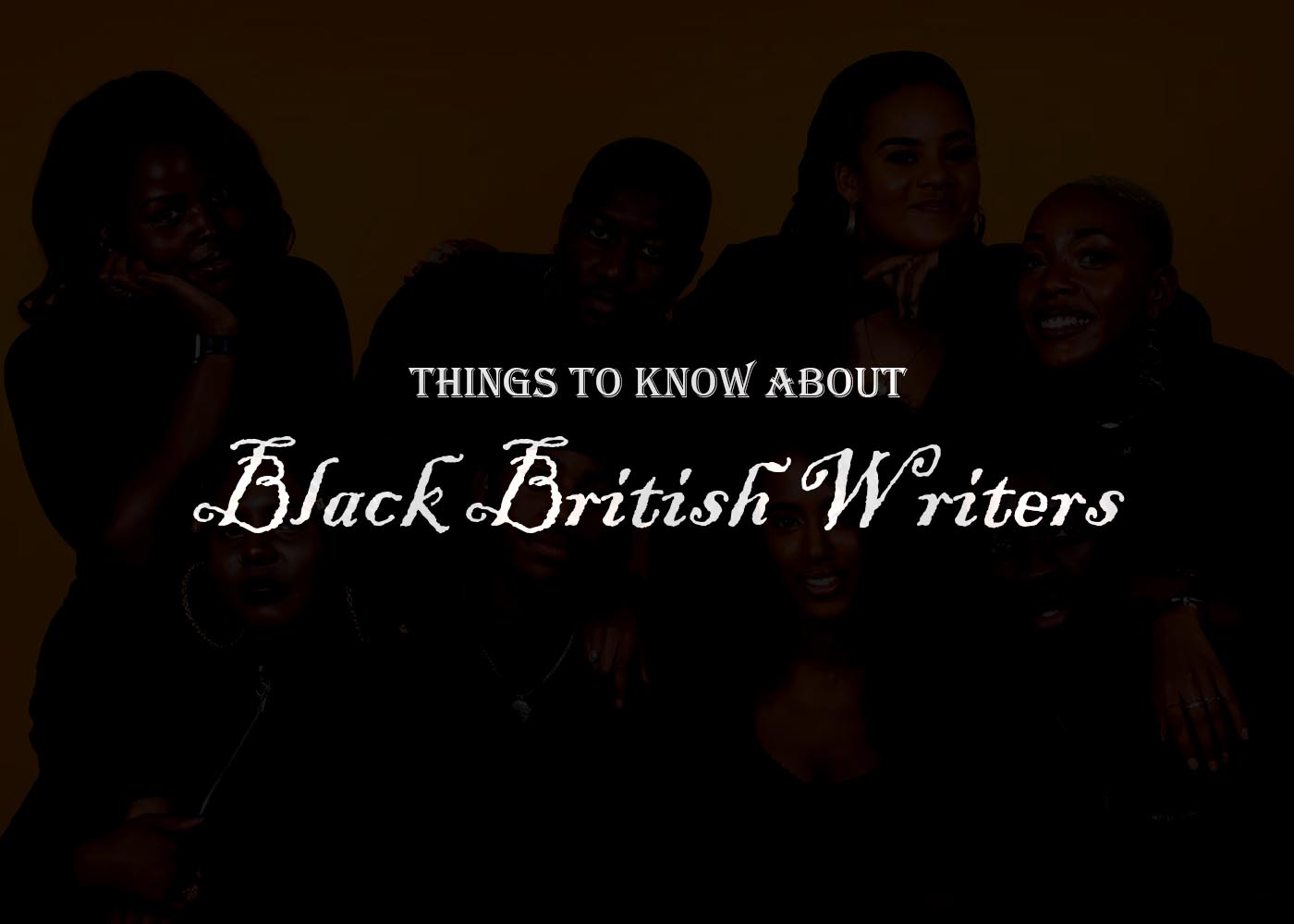Slam poetry is a high-energy form of poetry that consists of
spoken-word material performed in competition.
Slam poetry is a type of spoken-word poetry in which poets
compete live at poetry slams. A slam poem is a piece of performance art in
which speakers engage in powerful self-expression focusing on both content and
sound; it can have a rhyme scheme or be unrhymed (free verse), and it may
include elements of hip-hop, folk music, or jazz to enhance the rhythmic
presentation. Participants in slam poetry performances must memorize their
poems, use expressive body language (such as gestures), enunciate, and make eye
contact with the audience. Slam poets compete in multiple rounds to reach the
top position in a poetry slam for viewers and a panel of judges.
A Short History of Slam Poetry
While spoken-word and performance poetry have been around
since the beginning of time, the poetry slam as a modern art form dates back to
the 1980s:
1984: Slam poetry began in 1984 as an idea by poet Marc Smith,
who wanted to break poetry free from the stiffness of academic poetry readings
and offer it to a larger and more diverse audience of listeners and writers. In
November 1984, Smith hosted the first poetry slam in Chicago.
Late 1980s: Following Smith's inaugural poetry slam, local
slams began to spring up in nearby venues”in 1987 in Ann Arbor, Michigan, as
the Ann Arbor Poetry Slam, and in 1988 in New York City's Nuyorican Poets Café,
thanks to Bob Holman.
1990s: The first National Poetry Slam was held in San
Francisco in 1990, with poets from all over the country traveling to compete
for audiences. The National Poetry Slam had become well-known by 1999, with
several prominent news stations recording and broadcasting the event.
Today: Slam poetry has become a major force in the literary
world since the spread of poetry slams both nationally and internationally.
There are several major annual slam competitions, such as the National Poetry
Slam in the United States, the European Poetry Slam Championship, the individual
World Poetry Slam, the Poetry Slam World Cup, and the Women of the World Poetry
Slam, as well as regular local events in communities all over the world.
The Rules of Slam Poetry Competitions
While there are no official rules that must be followed at
all slam poetry events, there are a few common conventions:
There is a time limit: Most poetry slams have a time limit
in place to ensure that all performers have enough time. Three minutes is
typical.
Audience members serving as judges: The panel of judges,
which is usually made up of randomly selected members of the audience, is a
common feature of a poetry slam. The poets are evaluated by these judges based
on their content and performance.
A numbered points system: Throughout the competition, the
panel of judges assigns point values to each poet's poem and performance. These
points (usually out of ten) add up to determine whether the poet advances to
the next round or is crowned champion.
Several rounds of competition: Most poetry slams have at
least three rounds of competition, during which the pool of poets is reduced
until only two poets remain, competing for the top spot.
Audience participation: Poetry slams are not intended to be
stiff, formal venues, and audience members frequently participate in the
performance by clapping, making noise, and offering energy to the poet.
Famous Slam Poets
Many poets stand out due to their powerful writing and
performances”here are some notable slam poets and their most popular original
works:
1. Harry Baker: Harry Baker is a British slam poet who
writes about his transition from math major to full-time poet.
"Impossible" and "A Love Poem for Lonely Prime Numbers" are
two notable slam poems.
2. Alex Dang: Alex Dang is an Asian-American slam poet whose
poems explore themes such as identity, gender, and relationships. "What
Kind of Asian Are You?" and "Super Gonzo" are two of his notable
works.
3. Rudy Francisco: Rudy Francisco is a San Diego,
California-based slam poet. "Complainers" and "Rifle" are
two of his most well-known poems.
4. Denice Frohman is a queer slam poet with roots in Puerto
Rican and Jewish culture. Her poems are about sexuality, gender, and race, and
some of her best work is "Accents" and "Puertopia."
5. Sarah Kay: Sarah Kay is a slam poet with Japanese and
Jewish ancestors. "Hands" and "Hiroshima" are two notable
slam poems.
6. Phil Kaye: Phil Kaye is a California-based
Japanese-American slam poet. "Surplus" and "When Love
Arrives" are two notable slam poems (performed with friend Sarah Kay).
7. Shane Koyczan is a Canadian slam poet who writes about
social issues, particularly those affecting youth and high school students.
"To This Day" and "We Are More" are two notable works.
8. Ed Mabrey: Ed Mabrey is a Charlotte, North Carolina-based
Black slam poet. His work addresses the inequalities of the American social
system. "Dear White People" and "Pursuit of Happiness" are
two notable poems.
9. Talyor Mali is a slam poet from New York City. "What
Teachers Make" and "I Could Be a Poet" are two notable poems.
10. Anis Mojgani, a slam poet, is number ten. "Shake
the Dust" and "The Fisherman" are two notable poems.
If you wish to contribute to our blog, please email us on morhadotsan@gmail.com.























